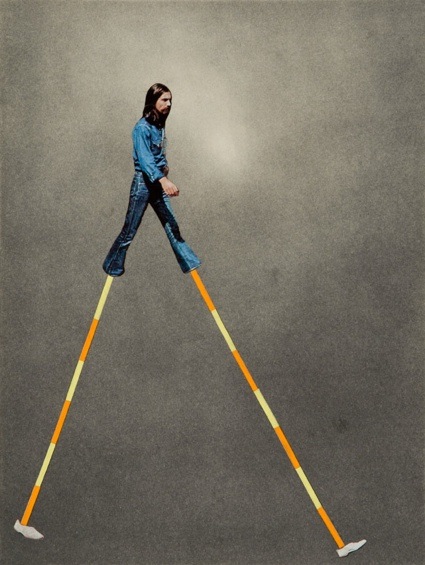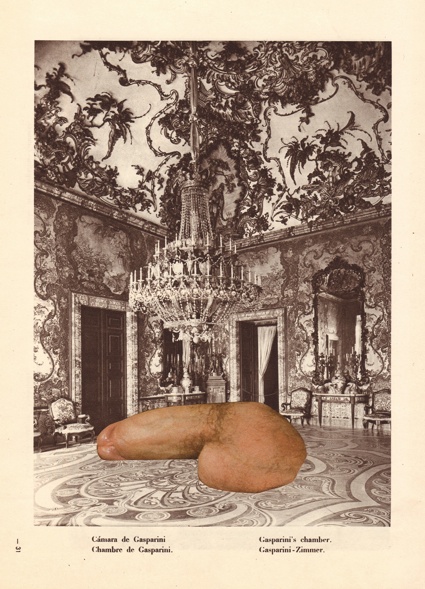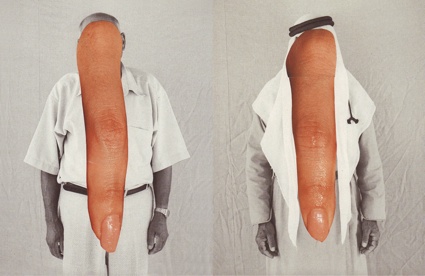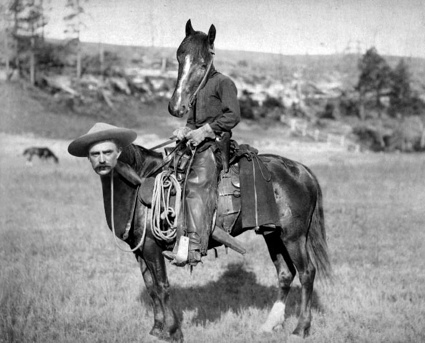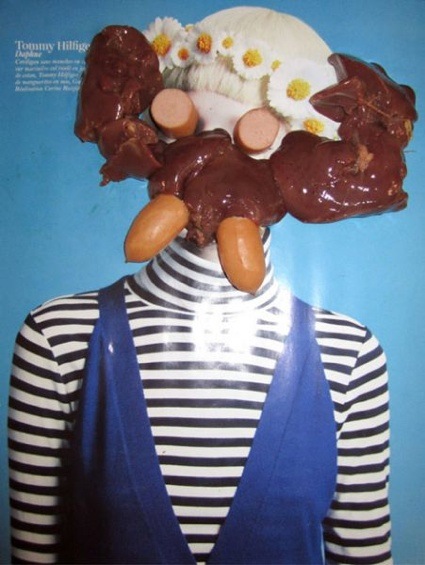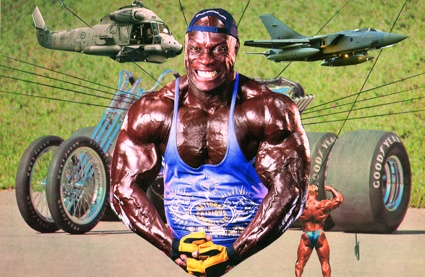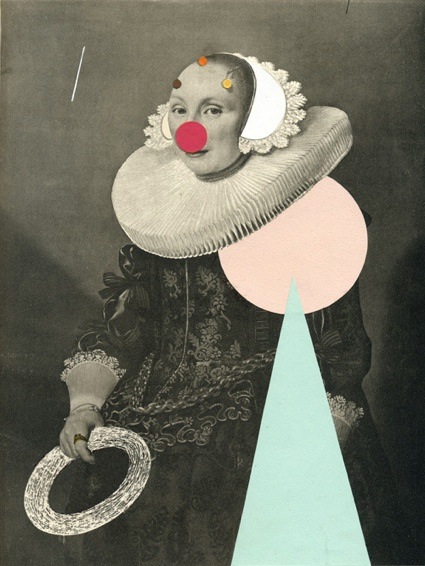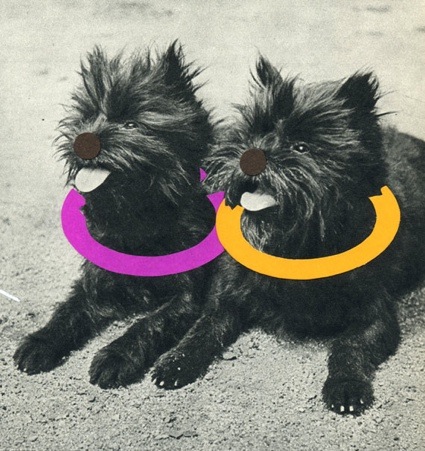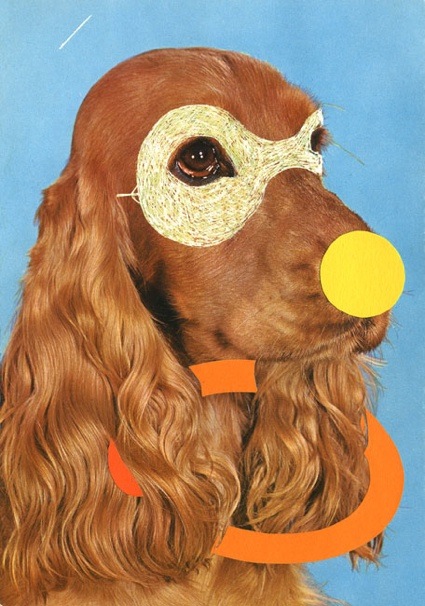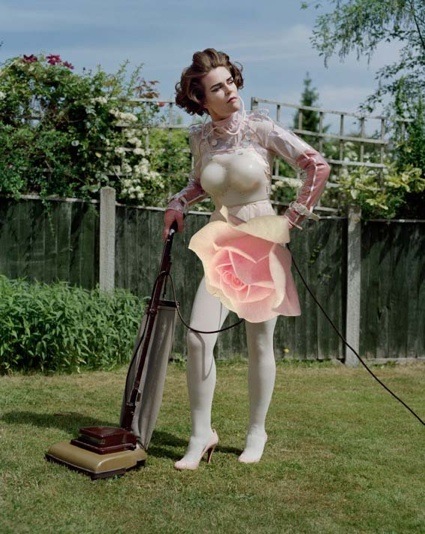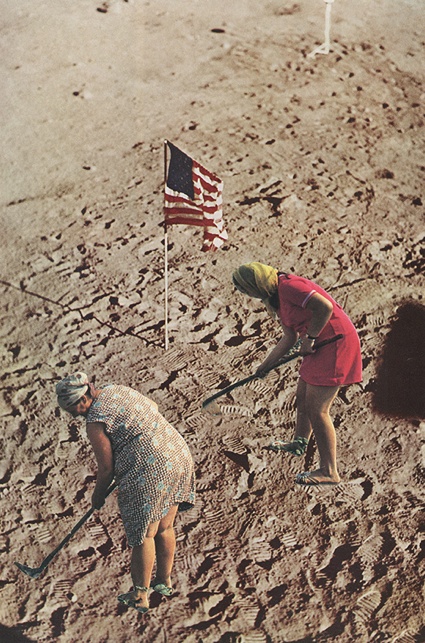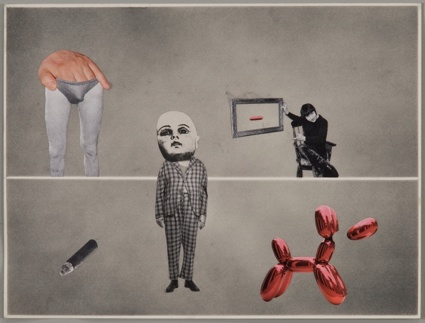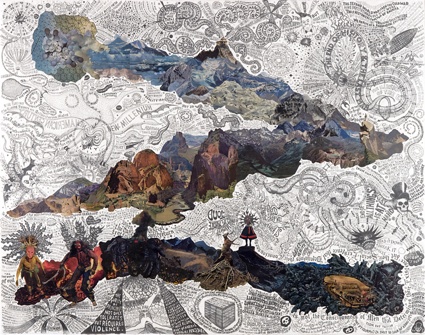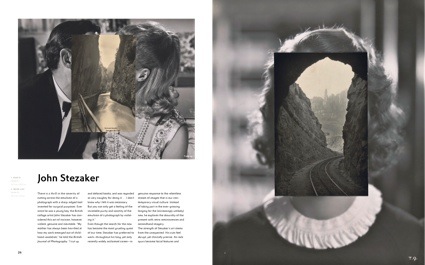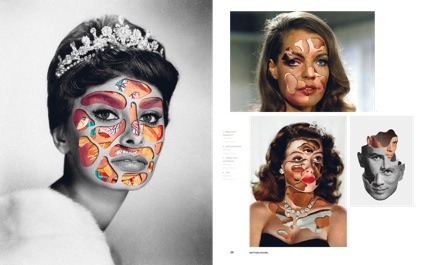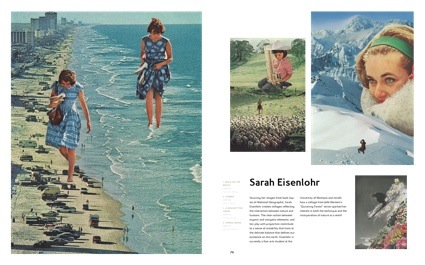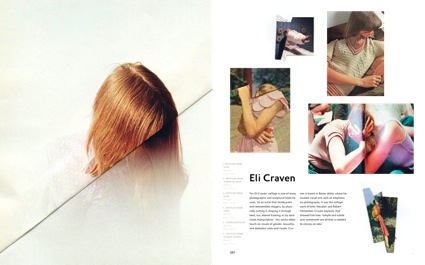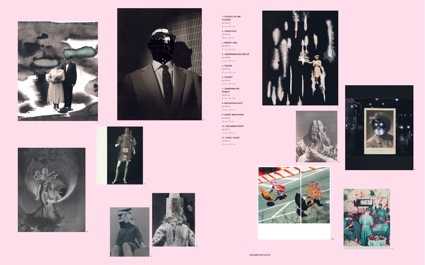![0fusil3e43_z.jpg]()
Eniarof Aix 2013. Photo by Manuel Braun
I've been hearing about, seeing and discussing the work of Antonin Fourneau for a few years now. I even met him and played with his works on more than one occasion. Yet, I never took the time to properly sit down and have an online interview with him. I'm sure many of you have read about Antonin's rather magnificent Water Light Graffiti or about his interactive pieces that revisit and reposition classic video games. Maybe i'll sit down again one day and interview him about his artworks but right now, i felt it was high time to get him to talk about ENIAROF, the geeky funfair he's been orchestrating since 2005. Eniarof looks like nothing you've ever experienced. It's like a very wild, very Far West version of a digital art festival, with elements of village fair, hacker meeting and circus thrown here and there.
Eniarof is a reinvention of the funfair where the concept of the attraction becomes an excuse for art. The creators of each Eniarof take their inspiration from popular culture, ancestral and new, obeying the rules of the "Dogmeniarof". Karaoke, Lucha Libre, video games, art installations, performances, gory films and curiosity cabinets can all be found on the jolly & unprejudiced grounds of the Eniarof funfair.
The last edition of Eniarof looked a bit like this....
Eniarof Aix 2013. Video by Alex "A2HN" Napoli
And without further ado, here's what Antonin had to tell us about Eniarof. Scroll down if you prefer to read the interview in its original version (french).
Hi Antonin! What is the story of ENIAROF?
I was a student at the Art School of Aix-en-Provence when I started Eniarof. The idea for the project started to germinate in 2004 when I was participating in the exhibition Power at Villette Numérique with the collective Téléférique.
The piece "Fan" contained already quite a few tracks for collaborative collaboration that i wanted to keep persuing in the future. At the same time, entertainment industry workers with intermittent contracts were protesting in France. In the context of the scandal of amusement park employees (Mickey, Minnie and the others) working all year long but under a casual employment contract, I had the opportunity to read an article about the disappearance of funfair model in favor of a business model closer to the amusement park. The article also echoes Rem Koolhaas' book Delirious New York in which I discovered that an attraction was a rather interesting object at the crossroad between installation, pop culture and innovation.
I was just missing the artistic 'Freaks' side that you could find in a fun fairs but not in an amusement parks. Then I simply asked myself about the kind of environment I would have liked to evolved after art school and the idea of working exclusively in the digital art world was freaking me out. It felt like a ghetto that lacked the recognition from the art world and refused to embrace its popular side.
That was in 2005 and now the situation has changed a little: people are more tech-savvy thanks to the smartphone in the pocket, they are also more comfortable with the idea of interacting. But when I created Eniarof, my idea was to decompartmentalize digital creation as much as possible and to disinhibit it while mixing it with other forms of interaction, with the public but without a computer. I thought it needed different degrees of public interaction. So in general people go through an arcade with a new breed of interaction then they'd venture to slip on a jumpsuit made out of tyre to play 'pogo bumper car' or wear a wig to play HardRock simply by shaking their head. That's how Eniarof was born.
![0a1enfans6c31.jpg]()
Eniarof Aix 2013. Photo by Manuel Braun
![0jump02b8.jpg]()
Eniarof Aix 2013 photo by Manuel Braun
How did it grow from a student project to a village fair slash high tech geek festival that counts 13 editions?
I've always been bad at promoting Eniarof. If you search online, you'll need to fish for information. Nonetheless, whenever I had the opportunity to present the project, I found that people were seduced by the concept. Soon enough we received proposals from festivals or cultural structures that were willing to welcome us just through word of mouth. I did not want to confine the project to a repetitive formula that would be presented each year at the same place. When I launched the project I was talking about a 'downloadable' funfair and I imagined a system of fair that would be easily duplicable. A bit like Dorkbot or Maker Faire. In the end, Eniarof did not go in that direction and I think that ultimately what we managed produce with our Eniarofer group is a kind of family and festive cohesion even though we meet only once or twice per year but the public knows us and returns because Eniarof's atmosphere cannot easily be compared to anything else.
Then there must have been a small evolution over the past few years because even the City of Poitiers called us to organize Eniarof 12 in a space of Blossac Park in connection with their Christmas fair. Eniarof is quite a polymorph party that comes with an array of representations and organizations that vary depending on the context. The Eniarof we ran in Aix-en-Provence or in Slovenia in collaboration with organizations that trust us have turned into real residence laboratories to build over a short period of time (2 to 3 weeks) what were essentially new attractions. In other Eniarof, you get 50% new attractions and 50% attractions that are already running with success and that guarantee a good atmosphere.
![0arcadebackpackb593d.jpg]()
Arcade Backpack (UCLA) @Eniarof, ESAAix with the Eniarof Fanfare next to the town center of Aix. Photo Daan de Lange
![0a1backbac87e02e6.jpg]()
Eniarof Aix 2013. Photo by Manuel Braun
There is an ENIAROF dogma, however, the event is still in the hands of a lot of improvisation, DIY, freedom, and collective efforts. So i suspect that things might not always run smoothly. What have you learnt over the editions of ENIAROF?
The main objective of the Dogmeniarof is to set the tone and give an idea of the spirit of Eniarof but in reality we hardly ever fully comply with the rules of Dogmeniarof.
What works, what doesn't?
We could say that, in general, what does not work anymore in an edition of Eniarof is something that used to work well. For example, this year, we have a sound fencing game that met with such success that on the first night someone ripped the device cable from the wall. Which is great and proves that an attraction works when you do not even have to explain people how to play with it.
![0brouette3391a22_z.jpg]()
Monsieur Moo, Brouette Tuning. Eniarof Aix 2013. Photo by Manuel Braun
![0helmetrof09fbf.jpg]()
Alexandre Saunier, Helmetron. Eniarof Aix 2013. Photo by Douglas Edric Stanley
I'm curious about some of the projects shown during the last ENIAROF in Aix-en-Provence. In particular: the Wheelbarrow (Brouette tuning), Helmetron, and Arcade Concrete. Could you tell us a few words about these works?
Brouette Tuning first appeared in 2007 during the Eniarof in Slovenia. We've since presented it at 4 or 5 editions of Eniarof. This is a piece by Maxime Berthou aka Mr. Moo. It embodies in an object what Enairof is: pimped recycling, a touch of technology, mobility and lots of fun. The wheelbarrow is our best way to attract people. Just go out in the street with it and people wonder what's this UFO.
Helmetron was created by Alexandre Saunier and piloted as an Eniarof trio with Douglas Edric Stanley and me.
A few words of explanation from the author:
"""""
This is a light and sound instrument for computer. A bit like Isaac Asimov's Visi-sonor in the Foundations series except that here, the computer is the interpreter. In the end, we are immersed in the very heart of the computer and in its data stream, we are bathed in the files it reads and converts into light and sounds. It's 'glitch', it's hardcore, it looks a bit like a digital machine dream, it's a bit like Tron but without Disney's special effects.
![0a1casqd7eab.jpg]()
Alexandre Saunier, Helmetron. Eniarof Aix 2013. Photo by Manuel Braun
Two of my favourite anecdotes:
A guy took off the helmet and asked me:
" - What's the color inside the helmet?"
" - There's only orange, it's the only light I'm sending at the moment"
" - Oh, right, I was wondering cuz I've seen some green, blue, white and orange."
And then there was this girl who was shaking and trembling from time to time, I was afraid she was epileptic. When she took off the helmet she told me that she felt like she had tiny animals, insect-like, that were walking on her.
Otherwise what is interesting is that the reaction of people is always different, depending on their physiology / nervous system, some see circles, other see fractals, colors, etc.
.
"""""
What attracted me to his work is its Clockwork Orange 2.0 side which I think very few people would have enjoyed in another context. Here, however, we had people queuing to scan the mazes of the computer. This is one of the reason for Eniarof success: we take the public on board by mixing borderline and conceptual things in many different experiences and the public completely indulges.
![0betons09083e8.jpg]()
Antonin Fourneau and Manuel Braun, Arcade Concrete. Eniarof Aix 2013. Photo by Manuel Braun
Arcade Concrete is a project I developed with Manuel Braun with whom I've done several pieces (Patch&ko, Eggregor8, MadNes, Domoludens, spongegame ... ) which often revolve around the idea that the game interface can be sculpture material like any other and this sculpture material involves specific mechanisms and forms related to the gameplay of the software. It's as if every video game could get a materialization of its physical interface other than the standardized one and this materialization would involve a re-reading of its gameplay.
The context of the game offers an interesting space to observe our behavior. The halls of game arcades in the '80s and '90s used to play the role of physical and community space of video games. Arcades then disappeared in favor of 'in-house' games. And finally the video game is back in the urban space thanks to mobile devices. Arcade Concrete questions the place of video games in urban space. Playing on your iPhone in the underground is not the same as standing in front of a terminal and playing in front of everyone. There is now a terminal that sits at the entrance to the Art School of Aix-en-Provence and it became a space for discussion. Our objective is to multiply performances by casting terminals all over the world. A bit like Invader pasting mosaics, we will try and optimize the placement of a terminal and we will write down a user manual in the Eniarof book.
![0i3pacman6b7b.jpg]()
Antonin Fourneau and Manuel Braun, Eggregor, 8 players are 1 pacman and try to play together. Photo decept.org
![0a3pacman4.jpg]()
Antonin Fourneau and Manuel Braun, Eggregor. Eniarof Aix 2013. Photo by Manuel Braun
And if you had to chose 5 projects shown at ENIAROF over the years, which ones would they be?
We have quite a few projects that have become "best playable" and that got more exposure such as:
Hyper Olympic by Djeff Regottaz and Loic Horellou where you play a remake of Track & Field with a very physical interface. It has now become a staple of festivals and it makes for a great atmosphere.
The Hyper Olympic Party - Parizon@dream - Gaïté Lyrique - June 9, 2012 - Dekalko
Eggregor8 by Manuel Braun and myself where 8 people play Pacman at the same time, as if 8 people were using the same joystick.
What's funny is that in 2010 there was a video game exhibition at the Centre Pompidou and most of the works invited were Eniarof pieces but they didn't even realize that the pieces were connected.
We could call it the BeaubourgNiarof.
There's also a work called "A battre" which Raphael Isdant created during the second edition of Eniarof in Aix-en-Provence. That one traveled a lot too.
Raphael Isdant, A BATTRE
There are also works that are either more unexpected or more specific to Eniarof Aix-en-Provence.
Such as Pogo Tamponneuse, a fighting ring where you need to put on a suit made of tyre in order to face your opponent. Video soon!
Or the Fucking Machine battle which was a bit borderline and totally surrealist.
![0u1cokc66e.jpg]()
![0i1cokk0e.jpg]()
Eniarof Aix 2013. Photo by Manuel Braun
Eniarof has a dogma that mentions that ENIAROF has to take place in the proximity of an Emmaüs. Could you tell us why?
Lars von Trier and Thomas Vinterberg's Dogme 95 often refers to economy of means. When I mounted Eniarof, my goal was to avoid going overboard with projects that swallow too much money simply because I could see that there was no budget for young artists. At the time, I was often hanging out in Emmaus where I saw many materials that Emmaus did not necessarily know what to do with. In addition, it is often nice to recycle, it gives you the feeling of having done something ecological.
Another thing that surprised me in the dogma is that the barman is paid as much as an artist. Why do you think it is important that every participant receives the same fee?
At the beginning of my career as an artist I was horrified to see that a festival was paying the guard or the bartender more than they were paying me. I wondered what was the future for us if artists were forced to sell themselves off just to get some exposure. Add to that that during this festival my work ended up being destroyed. Fortunately, the trend has now reversed for me, but it used to be a bit of a rule to remind me that I don't sell off artists the way i was sold off.
![_d__cran_2013-10-15___18.02.26.jpg]()
The Book of Eniarof
What is next for ENIAROF?
We're working on a book.
We have a call for donations on KissKissBankBank.
We are also in touch with people on the other side of the Atlantic and the Mediterranean to make other editions of Eniarof over there but nothing's confirmed so I won't speculate too much.
Thank you Antonin!
If you want to see more images of Eniarof, check out:
Antonin's flickr set.
ENIAROF pool.
Daan de Lange flickr set.
The very staged HEAD Media Design flickr set.
![0f1velo_z.jpg]()
Eniarof Aix 2013 photo by Manuel Braun
![0entree1b074e0.jpg]()
Eniarof Aix 2013 photo by Manuel Braun
If after this long interview you're still wondering what Eniarof is, this video might enlighten you:
-------
and now for ze frenchy version:
What is the story of ENIAROF?
J'était étudiant à l'Ecole d'art d'Aix-en-Provence lorsque j'ai démarré Eniarof.
L'idée du projet a commencé à germer en 2004 lorsque j'ai participé à l'exposition "Power" à Villette Numérique avec le Collectif Téléférique :
La pièce collaborative "Fan" du collectif regroupée déjà pas mal de piste de création collaborative que je voulais mener à l'avenir. Puis à la même époque nous avions des soulèvement intermittent en France. Avec le scandale des employés des Parc d'Attractions (mickey, Minie et autres) travaillant à l'année mais considéré comme des intermittents, j'ai eu l'occasion de lire un article sur la disparition du modèle de Fête Foraine d'avant au profit d'un business modèle plus proche du parc d'attraction. L'article faisait aussi écho au livre New York Délire de Rem Koolhas dans lequel j'ai pu découvrir qu'une attraction était un objet assez intéressant entre installation, culture pop et innovation.
Il me manquait juste le côté Freaks artistique que l'on trouve dans un fête foraine mais peu dans un parc d'attraction. Je me suis ensuite simplement demandé dans quel milieu j'aimerai évolué après l'école d'art et la vision d'oeuvrer seulement dans le milieu art numérique me faisait flipper. J'avais la sensation d'un milieu ghetto en manque de reconnaissance du milieu de l'art et ne voulant pas embrassé son côté populaire.
C'était en 2005 et maintenant la donne a un peu changé les gens sont plus numérisés avec des smartphones dans la poche et plus à l'aise avec l'idée d'interaction. Mais à l'époque au moment où je fonde Eniarof mon idée était de décloisonner un maximum la création numérique et la décomplexer tout en la mélangeant avec d'autres formes d'interaction avec le public et sans ordinateur. Je pensais qu'il fallait apporter différents degrés d'interactions au public pour le décomplexer. Ainsi en général les gens passe par une salle de jeux vidéo revisités avec des formes d'interactions qu'ils connaissent pour ensuite oser s'aventurer à enfiler une combinaison en pneu pour faire du pogo tamponeuse ou encore enfiler une perruque pour jouer du HardRock simplement en secouant la tête. Ainsi Eniarof est né.
How did it grow from a student project to a village fair slash high tech geek festival that counts 13 editions?
J'ai toujours assez mal communiqué sur Eniarof il n'y a qu'a regarder sur le Net il faut partir à la pêche aux information. Cependant à chaque fois que j'ai eu l'occasion de présenter le projet les gens ont accroché au concept. Donc assez vite on a eu des propositions de festivals ou structures qui voulaient nous accueillir simplement grâce au bouche à oreille ils ont entendu parlé du projet. Je ne voulais pas enfermer le projet dans un projet récurent qui serai présenté chaque année au même endroit. A l'époque où j'ai lancé le projet Je parlais d'une fête foraine téléchargeable j'imaginais un système de fête duplicable facilement. Un peu à l'image des Dorkbot ou Maker Faire. Mais eniarof n'a pas vraiment pris cette direction et je crois que finalement ce que nous arrivons à produire avec notre bande d'Eniarofer c'est une sorte de cohésion familiale et festive même si on ne se retrouve que 1 ou 2 fois par an le retour du public qui nous connait est que l'ambiance dans un Eniarof et difficilement comparable à autre chose.
Ensuite il y eu une petite évolution ces dernières année car lors du Eniarof 12 c'est carrément la Ville de Poitiers qui a fait appel à nous pour occuper un espace du Parc de Blossac dans la continuité de leur fête foraine de Noël. Eniarof est une fête assez polymorph qui a un tas de représentation et organisation différentes selon le contexte où nous sommes. Les Eniarof que nous avons mené à Aix-en-provence ou en Slovénie dans des structures qui nous font confiance étaient l'occasion de vrai laboratoires de résidence pour quasiment construire en un temps court (2 à 3 semaines) essentiellement de nouvelles attractions. Dans les autres Eniarof c'est un 50/50 de nouveautés et d'attractions qui roulent déjà bien et garantissent la bonne ambiance.
There is an ENIAROF dogma, however, the event is still in the hands of a lot of improvisation, DIY, freedom, and collective efforts. So i suspect that things might not always run smoothly. What have you learnt over the editions of ENIAROF?
Le DogmeNiarof est surtout là pour donner le ton et une idée de l'esprit dans lequel se déroule un Eniarof après effectivement on est très rarement dans le respect intégral des règles du dogmeniarof. (je vais te donner un lien URL du dogme on est en train de refaire le site)
What works, what doesn't?
On dit en général que ce qui ne marche plus lors d'un Eniarof est quelque chose qui a bien marché. Par exemple cette année on un jeu d'escrime sonore qui a super bien marché. Tellement que dés le 1° soir quelqu'un a arraché le dispositif de câble du mur. Ce qui est génial et prouve qu'une attraction marche c'est quand on n'a même pas à expliquer aux gens comment jouer avec notre attraction.
I'm curious about some of the projects shown during the last ENIAROF in Aix-en-Provence. In particular: the Wheelbarrow (Brouette tuning), Helmetron, and Arcade Concrete. Could you tell us a few words about these works?
Brouette Tuning est apparue en 2007 pour le Eniarof en SLovénie et fût présenté à 4 ou 5 Eniarof depuis. C'est une pièce de Maxime Berthou aka Monsieur Moo. C'est un symbole concentré en un objet de ce qu'est Enairof : de la récupération pimpée, un zeste de technologie, de la mobilité et beaucoup de fun. La brouette c'est notre meilleur moyen pour attirer du monde. Il suffit de sortir dans la rue avec et les gens ce demandent c'est quoi cette ovni.
Helmetron est une création de Alexandre Saunier qui a quasiment drivé Eniarof en trio avec Douglas Edric Stanley et moi.
Quelque mot de l'auteur pour quelques explications :
"""""
C'est un instrument lumineux et sonore pour ordinateur. Un peu comme le luminophone d'Isaac Asimov dans le cycle des fondations mais ici c'est l'ordinateur qui est l'interprète. Au final on plonge dans au coeur meme de l'ordi et on vit ses flux de données, on est stimulé au fil de ses fichiers qu'il lit et qu'il transforme en lumière et en sons. C'est glitch, c'est hardcore, ca fait un peu pensé à une dream machine numérique, c'est un peu comme Tron mais sans les effets spéciaux à la Disney.
Pour les anecdotes, mes deux préféré:
-> un mec a enlevé le casque et m'a dit
"Y'a quoi comme couleur dans le casque?"
"y'a que du orange, c'est tout ce que j'envoie comme lumière pour le moment"
"Ah. j'me demandais, perso j'ai vu du vert, du bleu, du blanc et du orange."
-> y'a une nana qui avait des secouses/frémissements de temps en temps, j'ai eu peur qu'elle soit épileptyque d'ailleurs^^
quand elle a enlevé le casque elle m'a dit qu'elle avait l'impression d'avoir des petits animaux, genre insectes, qui se baladait sur elle.
Sinon ce qui est intéressant c'est que la réaction des gens est toujours différente et dépend de leur physiologie/système nerveux, certain voients des cercles, des fractales, des couleurs...
www.alexandresaunier.com .
"""""
Ce qui m'a séduit dans sa pièce est le côté Orange Mécanique 2.0 auxquels je pense peu de gens auraient adhéré dans un autre contexte mais là on avait une queue de gens qui voulaient scanner les méandres de l'ordinateur. C'est une de nos réussite dans Eniarof en mélangeant des choses à la fois borderline et conceptuel on arrive à embarquer le public dans plein d'expériences différentes et il s'y livre avec plaisir.
Arcade Concrete
C'est un projet que j'ai réalisé avec Manuel Braun avec qui j'ai réalisé plusieurs pièces (Patch&ko, Eggregor8, MadNes, Domoludens, spongegame...) qui tournent souvent autour de l'idée que l'interface de jeu peut être un matériaux de sculpture comme un autre qui implique des mécanismes et formes particulières liées au gameplay du software. Un peu comme si chaque jeu vidéo pouvait avoir une matérialisation de son interface physique autre que standardisé et qui impliquerai une relecture de son gameplay. Le contexte du jeu est un bel espace d'observation de nos comportements. les salles de bornes d'arcades dans les années 80-90 jouaient pour nous ce rôle d'espace physique et communautaire du jeu vidéo. Les salles d'arcades ont ensuite disparu au profit des jeu en salon. Et finalement le jeu vidéo est revenu dans l'urbain au travers des dispositif mobiles. Arcade Concrete est un questionnement sur la place du jeu vidéo dans l'espace urbain. Ce n'est pas la même chose de jouer sur son iphone dans le metro que de s'afficher devant tout le monde debout entrain de jouer devant une borne. Il y a maintenant une borne qui trône à l'entrée de l'école d'Art d'Aix-en-provence et c'est devenu un lieu de discussion. Notre idée est de multiplier les performances en coulant des bornes un peu partout dans le monde. Un peu à la Invaders qui pose ses mosaïques nous on va chercher à optimiser la pose d'une borne et on va rédiger un mode d'emploie dans le livre Eniarof.
And if you had to chose 5 projects shown at ENIAROF over the years, which ones would they be?
On a pas mal de projets qui sont devenu des "best playable" et les plus exposés comme :
hyperolympic de Djeff Regottaz et Loic Horellou où vous jouez à un remake de track'n field avec une interface de jeu très physique qui est devenu maintenant un incontournable des festivals pour mettre la grosse ambiance.
The Hyper Olympic Party - Parizon@dream - Gaïté Lyrique - June 9, 2012 - Dekalko
et Eggregor8 de Manuel Braun et moi où vous jouez à Pacman mais à 8 en même temps comme si vous étiez 8 sur la même manette
C'est drôle d'ailleurs car il y a eu en 2010 une exposition dans l'espace 13-16 du centre Pompidou sur le jeu vidéo et ils ont invité essentiellement des pièces Eniarof sans même se rendre compte qu'il y avait un lien entre nous.
On pourrait appeler ça le BeaubourgNiarof
Il y a aussi la pièce "A battre" de Raphael Isdant qu'il avait créé lors du deuxième Eniarof à Aix-en-Provence et qui depuis à aussi beaucoup tourné
Raphael Isdant, A BATTRE
ensuite in y a des pièces plus inattendus ou très spécifique à Eniarof Aix-en-provence
comme Pogo Tamponeuse un ring de combat où vous devez enfiler une combinaison en pneu pour affronter votre adversaire.
vidéo prochainement
ou encore combat de Fucking Machine qui était border line et complètement surréaliste.
http://www.flickr.com/photos/atoimage/10856699295/in/set-72157637674537996
http://www.flickr.com/photos/atoimage/10856672265/in/set-72157637674537996
The dogma mentions that ENIAROF has to take place in the proximity of an Emmaüs. Could you tell us why?
Dans le dogme93 de Lars von trier et Thomas Vinterberg il est souvent question d'une économie de moyen. Mon but quand j'ai monté Eniarof était de ne pas tomber dans l'excès des projets qui engloutissent trop d'argent car tout simplement je voyais bien qu'il n'y avait pas de budget pour les jeunes artistes. Je traînais souvent à l'époque dans les Emmaus et je voyais qu'il y avait beaucoup de matériaux dont les Emmaus ne savaient pas forcément quoi faire. En plus c'est souvent agréable de recycler un objet on a l'impression d'avoir fait un acte écolo.
Another thing that surprised me int he dogma is that the barman is paid as much as an artist. Why do you think it is important that every participant receives the same fee?
Au début de ma carrière d'artiste j'étais horrifié de voir que le vigile ou le barman était mieux payé que moi sur un festival. Je me demandais quel avenir pour nous artiste si on était obligé de se brader juste pour s'exposer. En plus dans ce festival ma pièce s'est en plus faite détruire à la fin. La tendance c'est heureusement inversé pour moi mais c'était un peu une règle pour me rappeler à moi même si je dois inviter des artistes que je ne les brades pas come on m'avait bradé moi.
What is next for ENIAROF?
on a un livre en cours de réalisation
d'ailleurs on a un appel au don ... J'ai pas encore l'URL du KissKiss
et on a eu pas mal de bon contact pour réaliser d'autres Eniarof d'ailleurs de l'autre côté de l'Atlantique et au bord de la Méditerranée mais encore rien de validé donc je ne m'avancerai pas trop.
Merci Antonin!
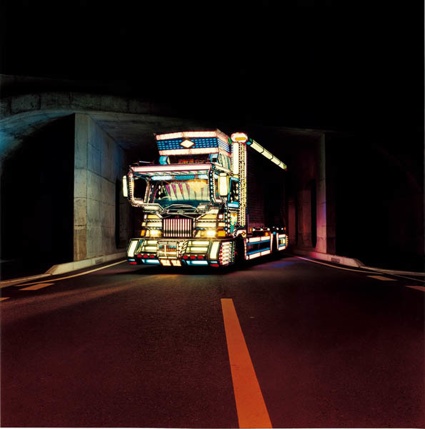


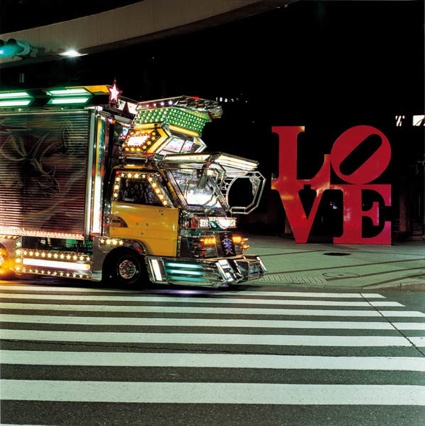
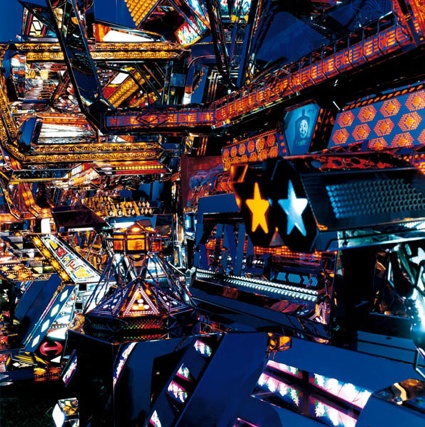


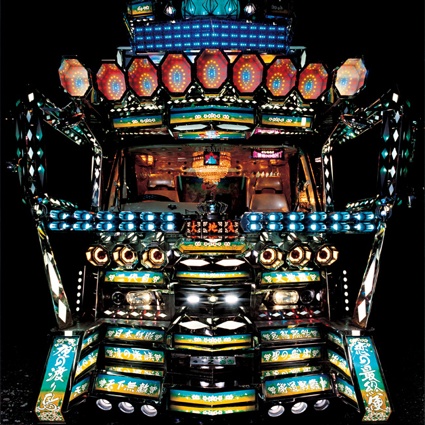
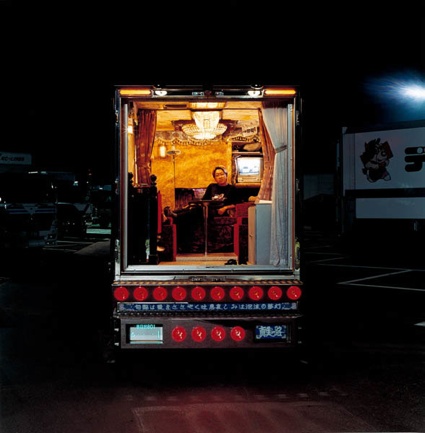

 and
and 


















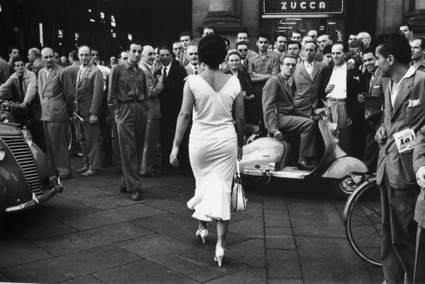
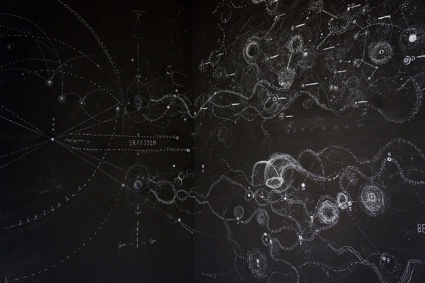
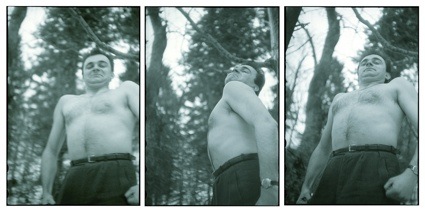
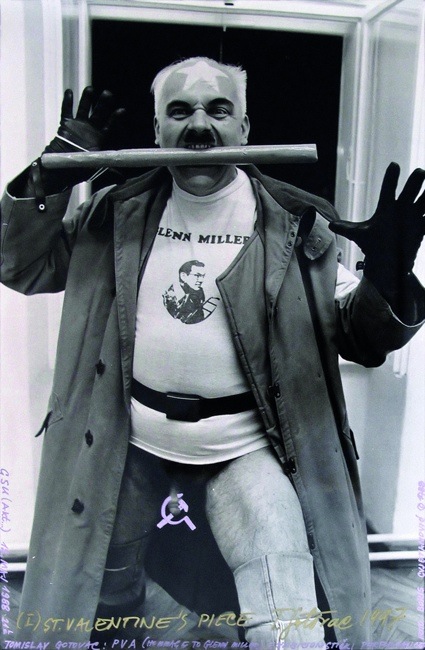


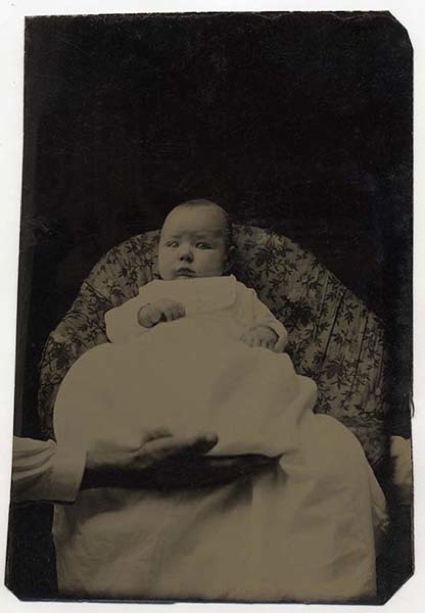
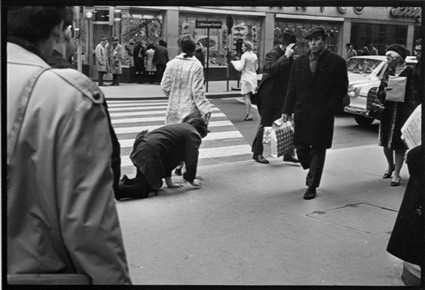

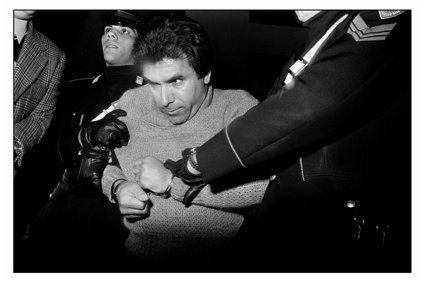
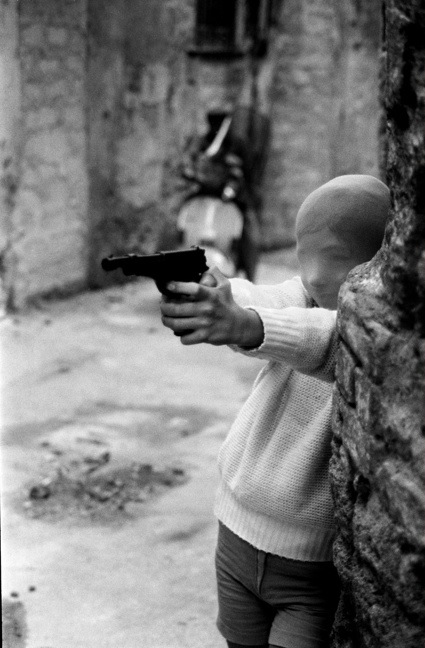
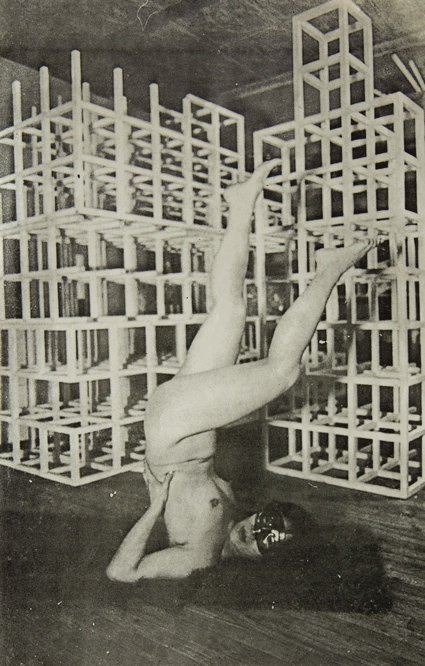
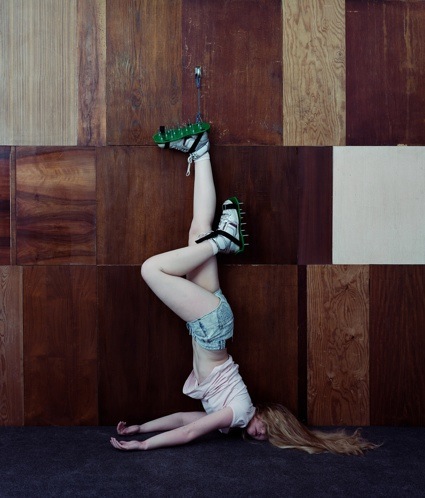
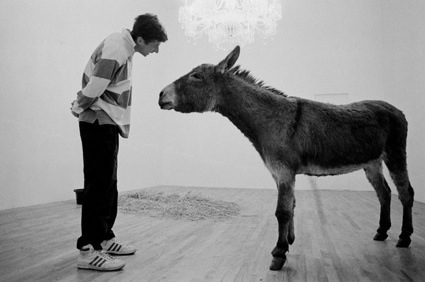

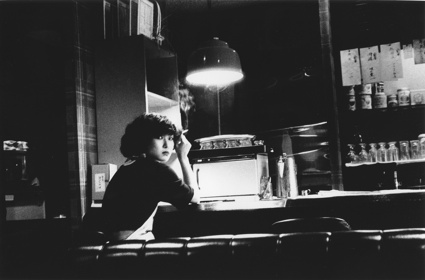
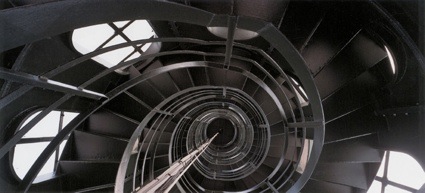



















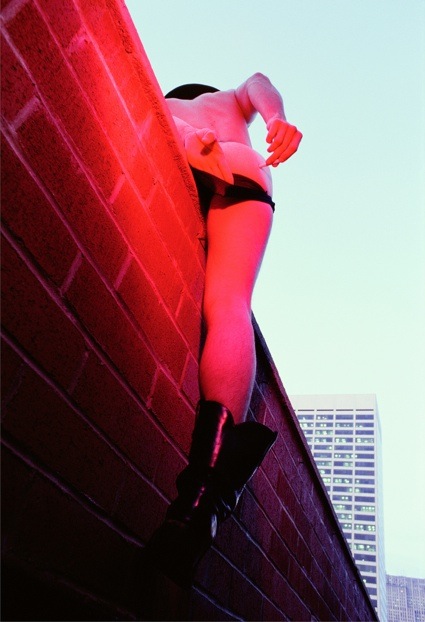
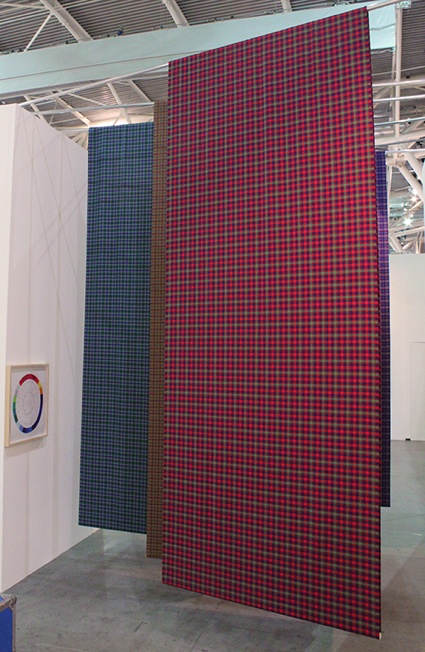
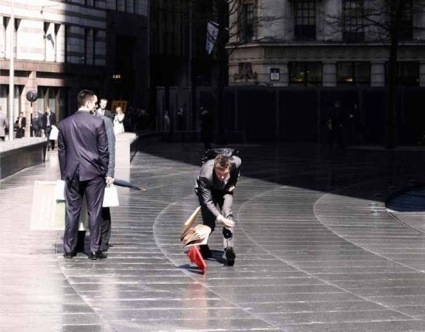
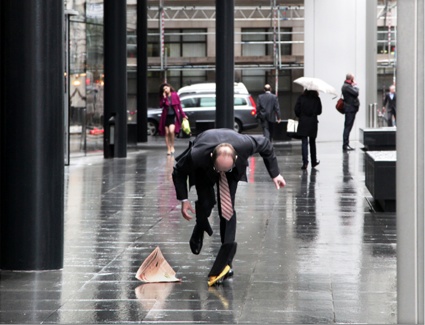
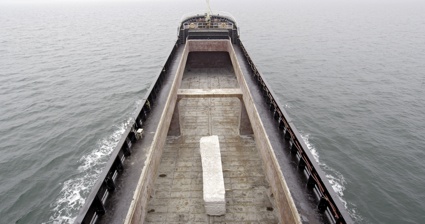
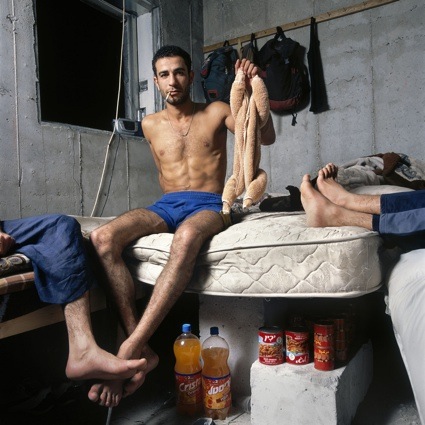

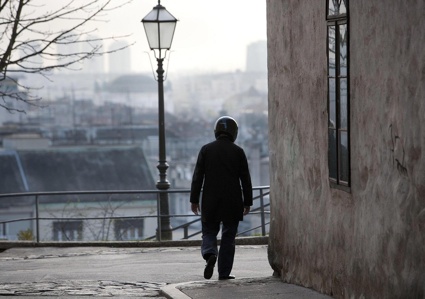
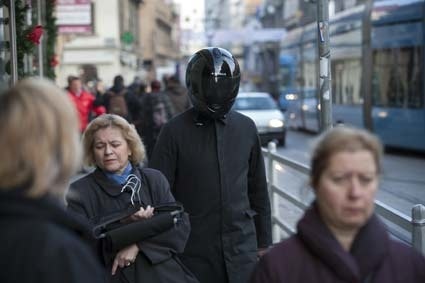
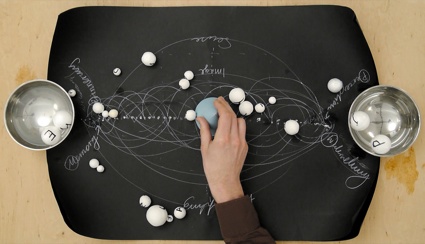
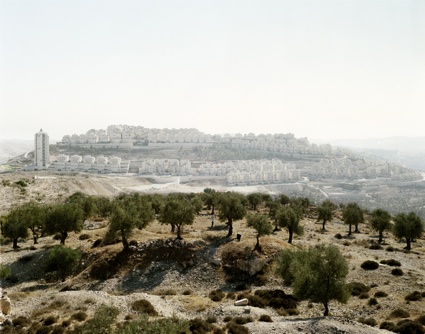
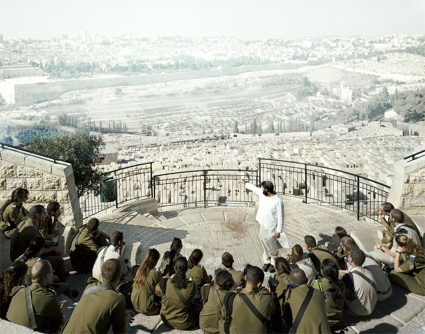
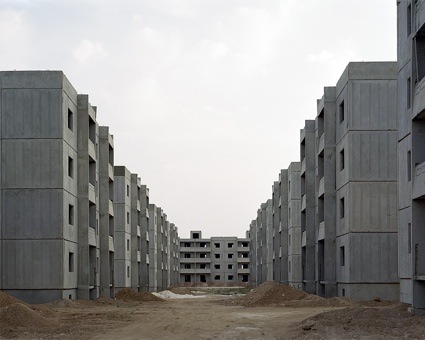
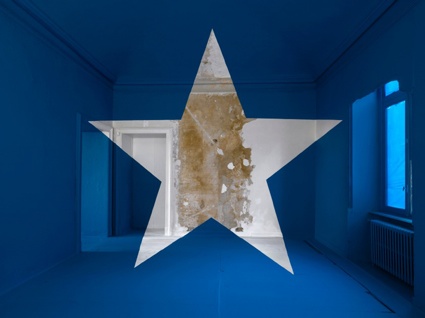
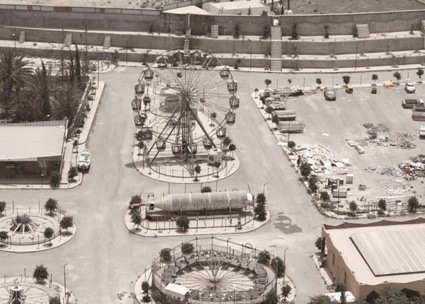
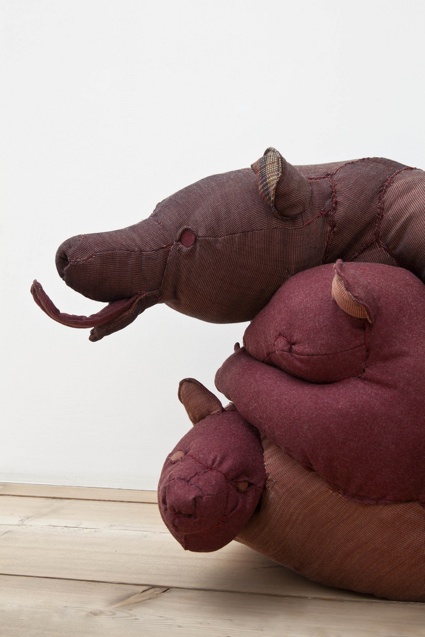
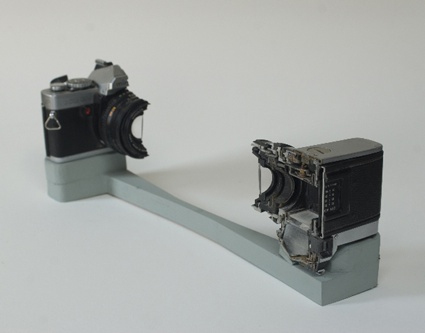
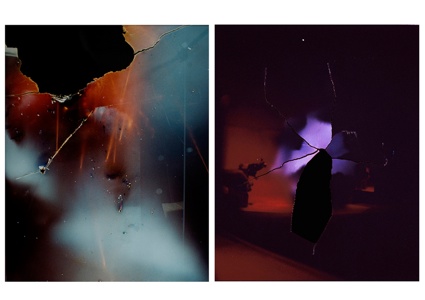

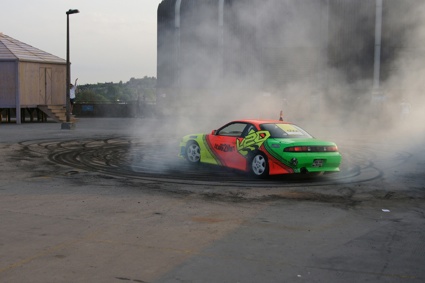
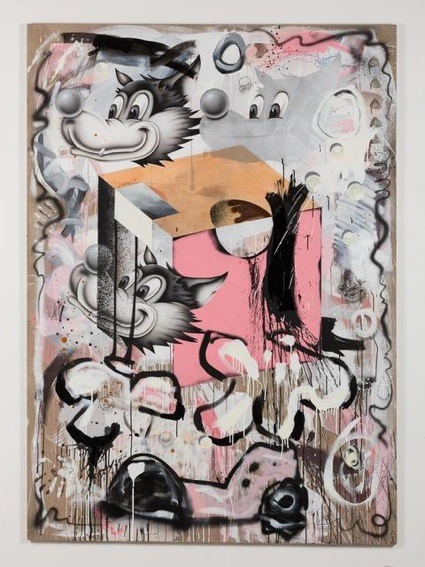
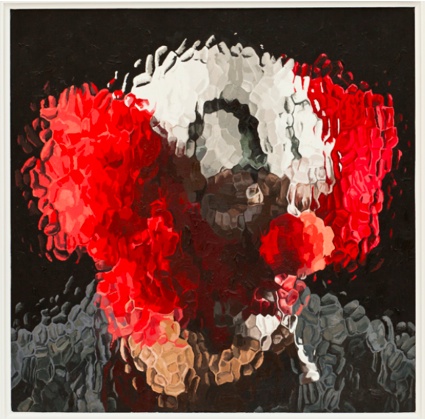
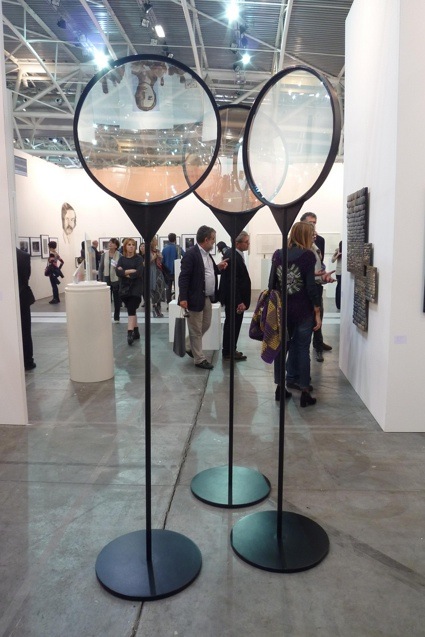
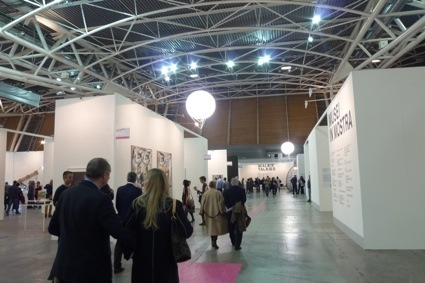
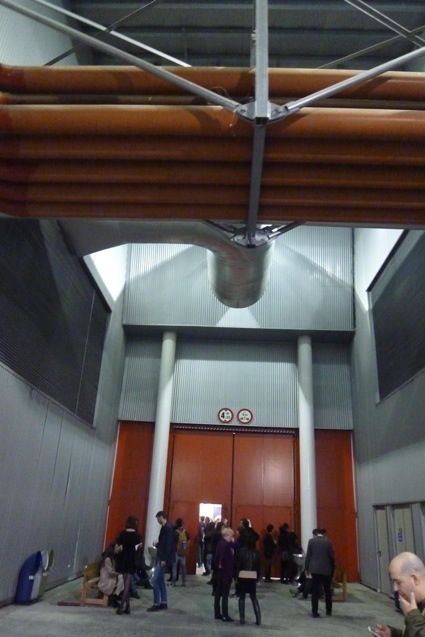

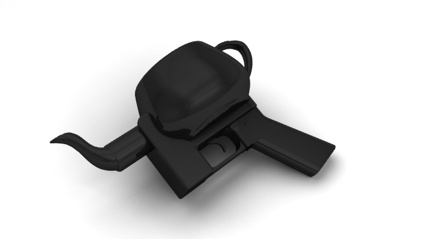











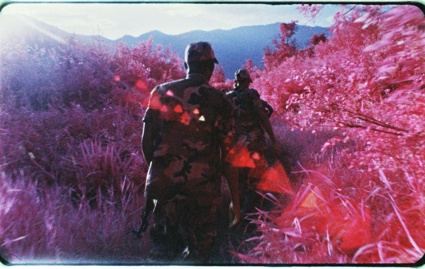
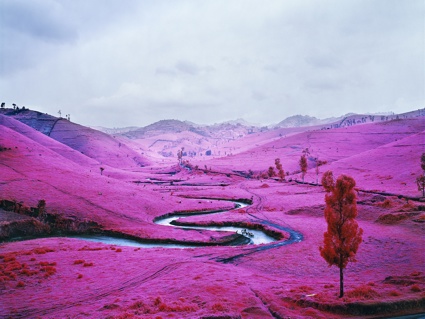
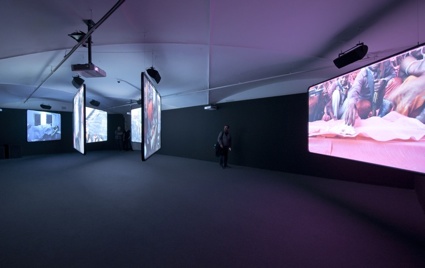
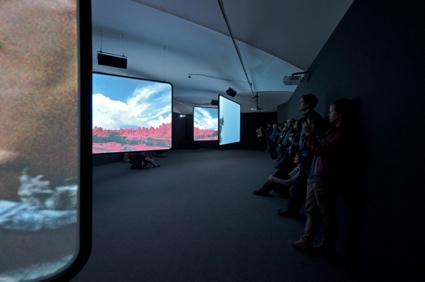


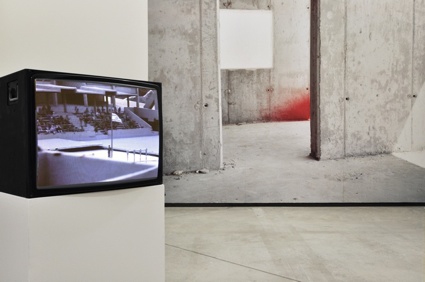
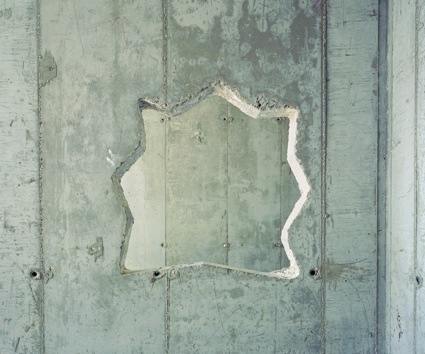
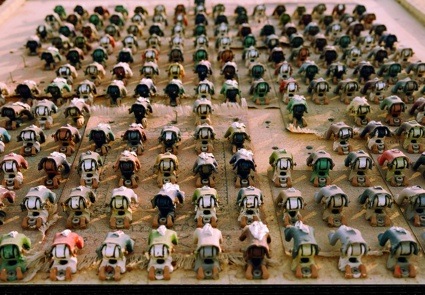
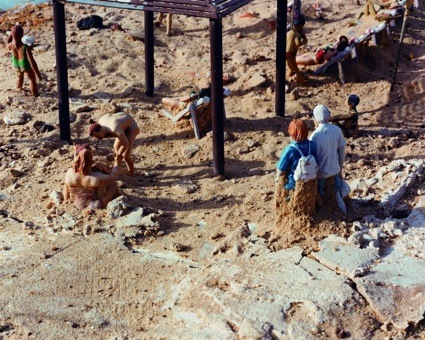
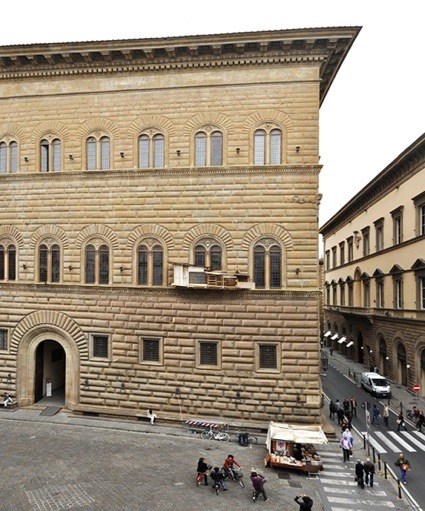
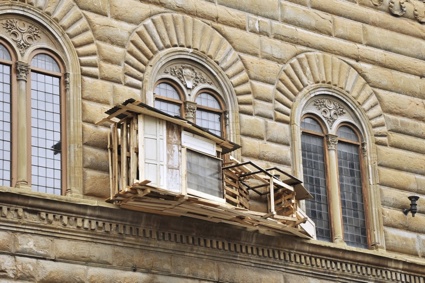
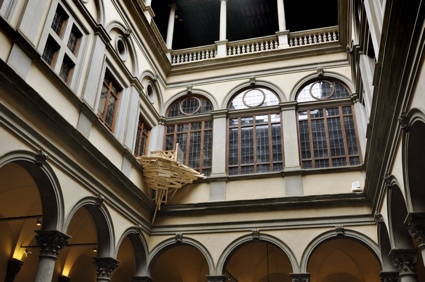
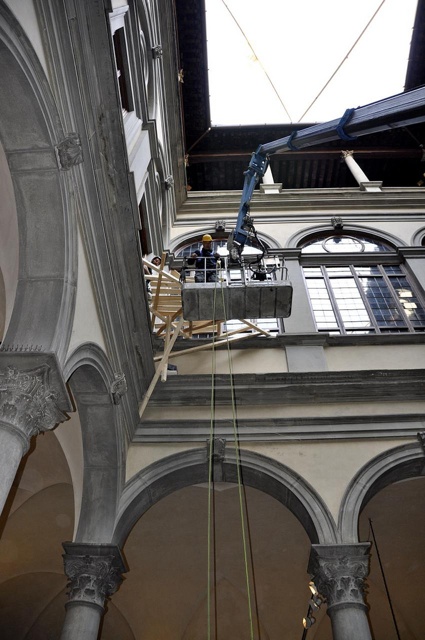
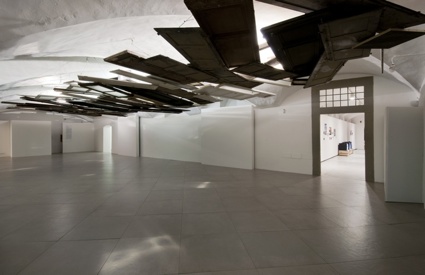
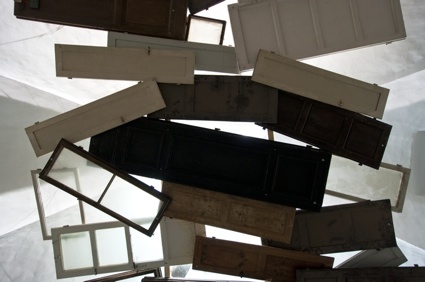

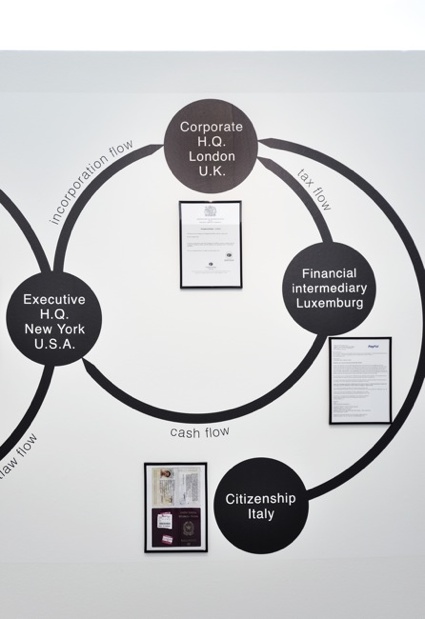
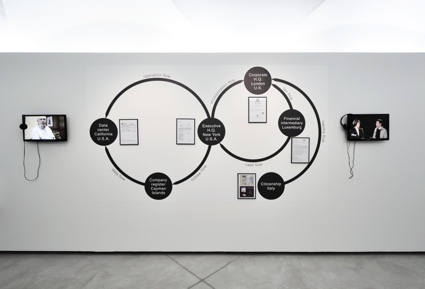
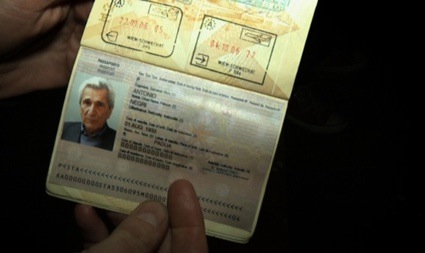
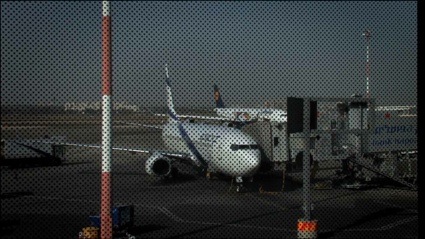
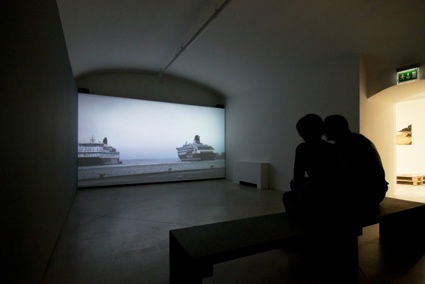
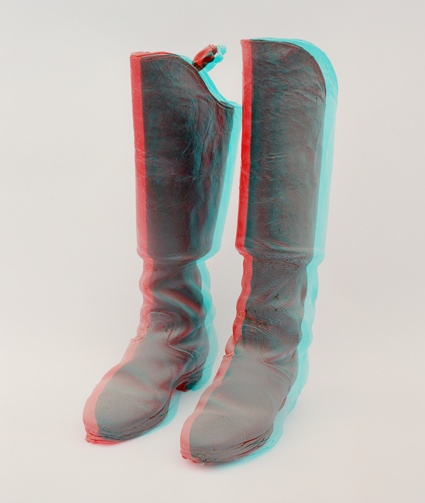
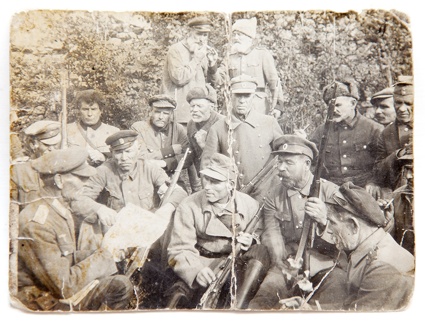
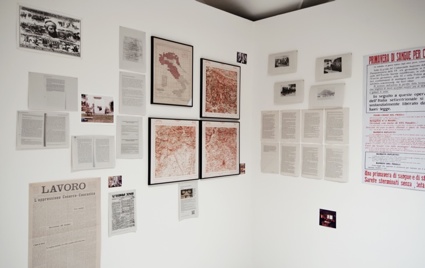
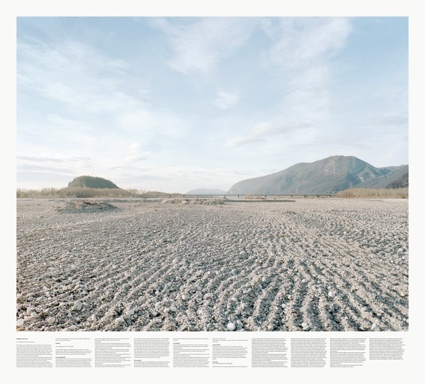
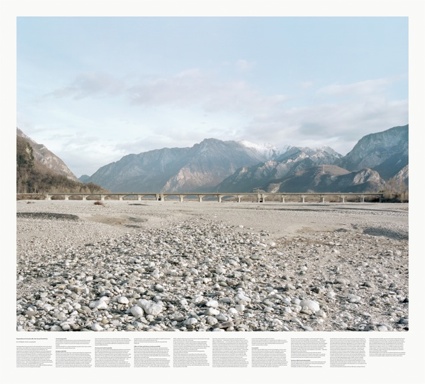
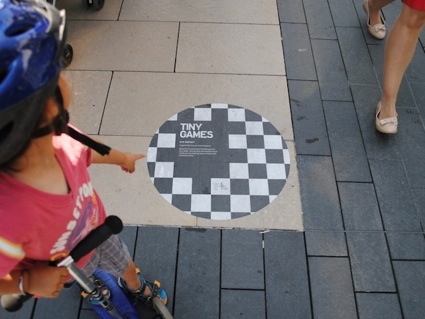






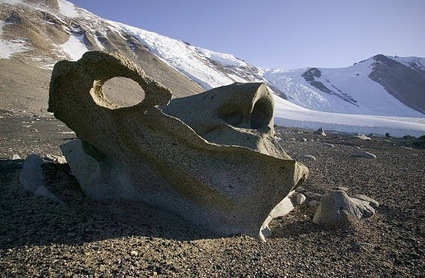



















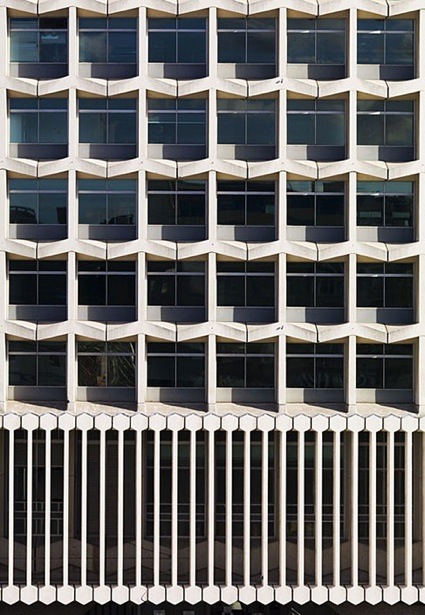
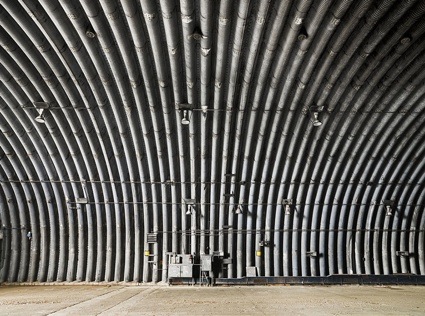
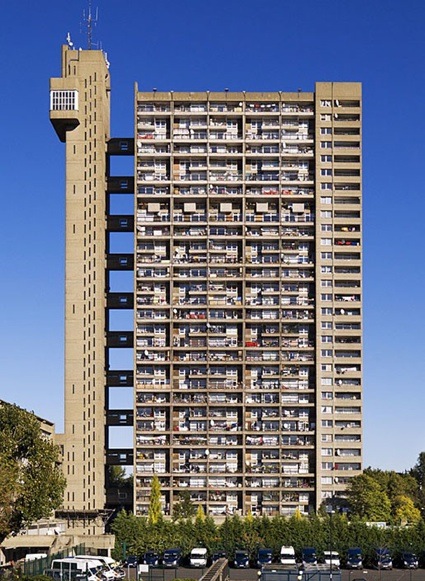

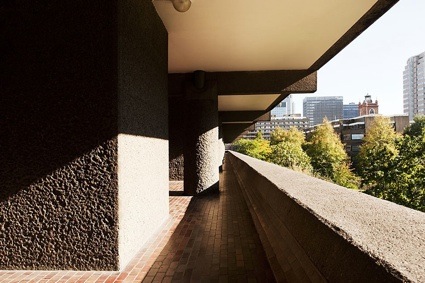
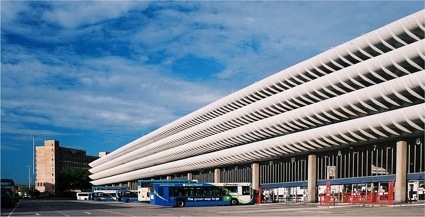
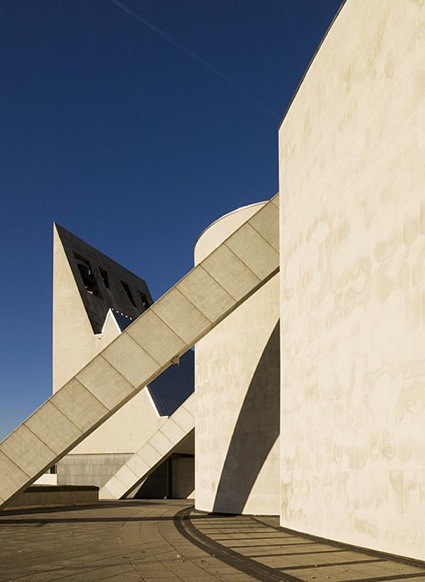
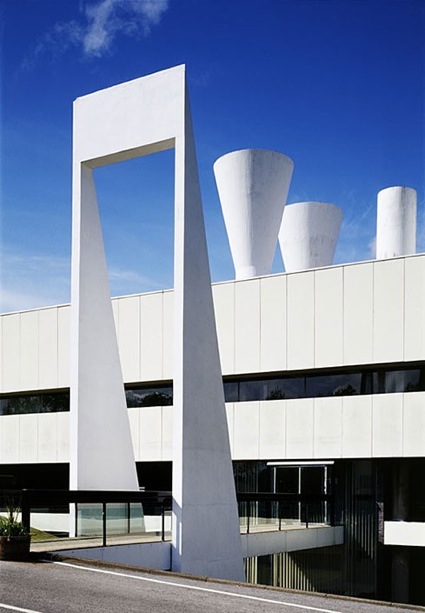
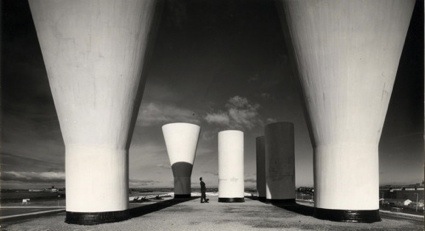
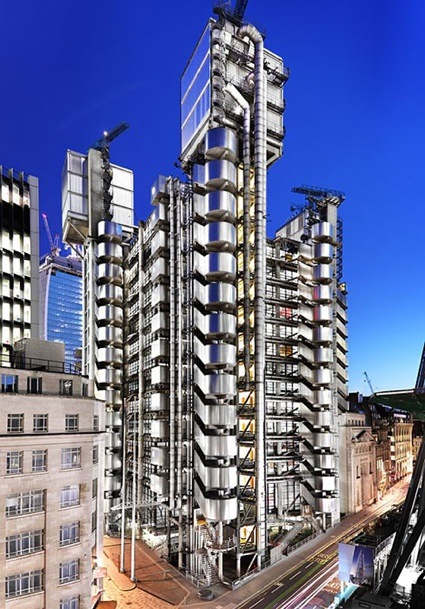
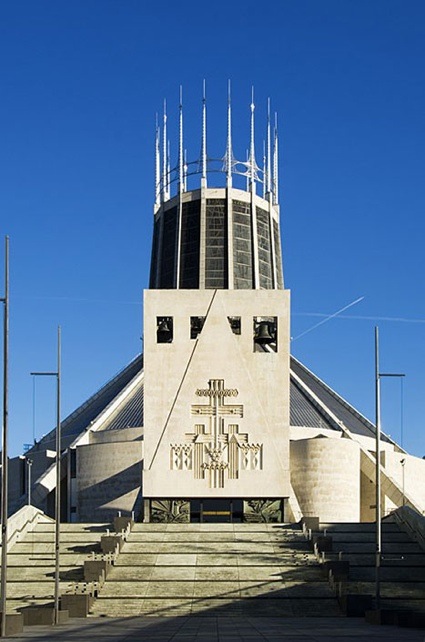
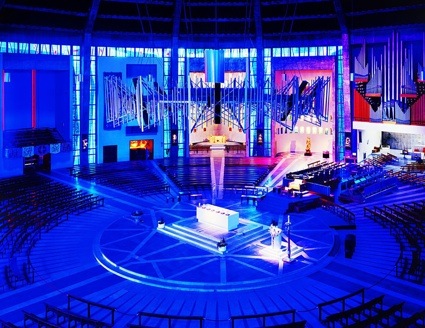
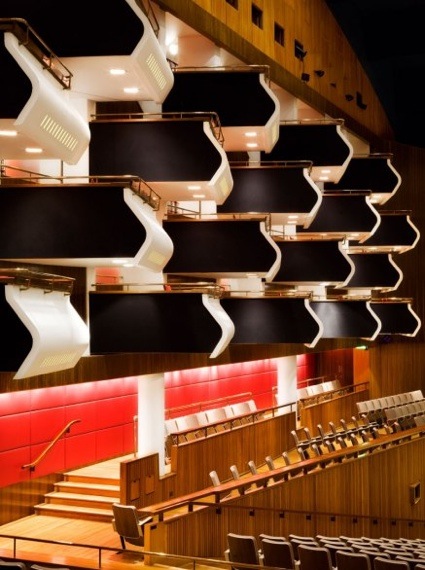


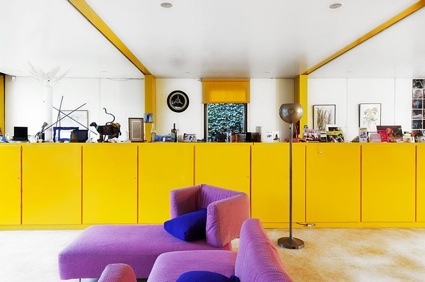
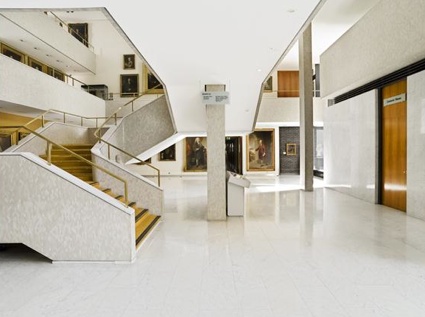
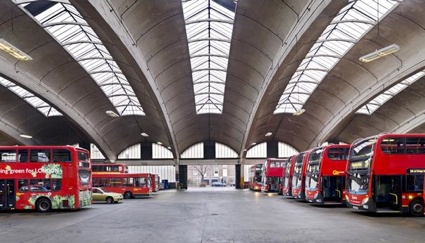
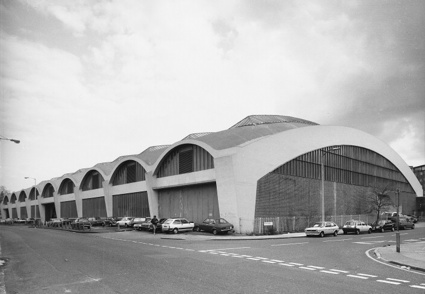




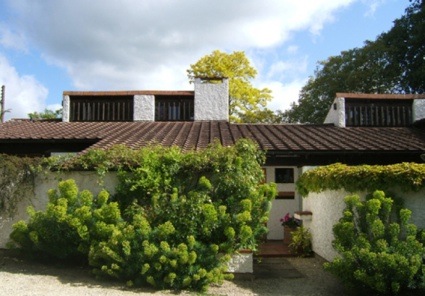










 . Maybe it will be back on amazon
. Maybe it will be back on amazon  one day. You can also
one day. You can also 
 .
. 

 and
and  .
.
 and
and  .
.
 and
and  .
. and
and  .
.
 and
and  .
.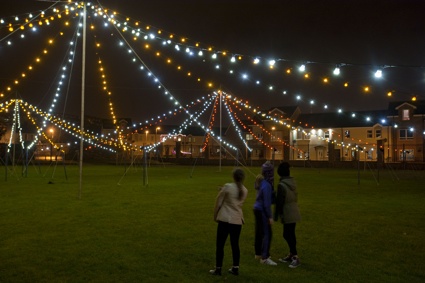
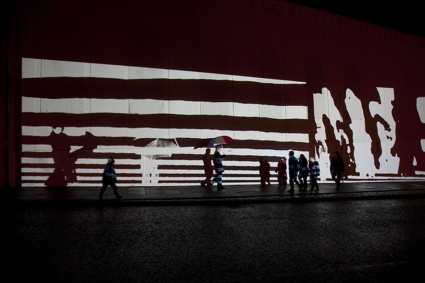
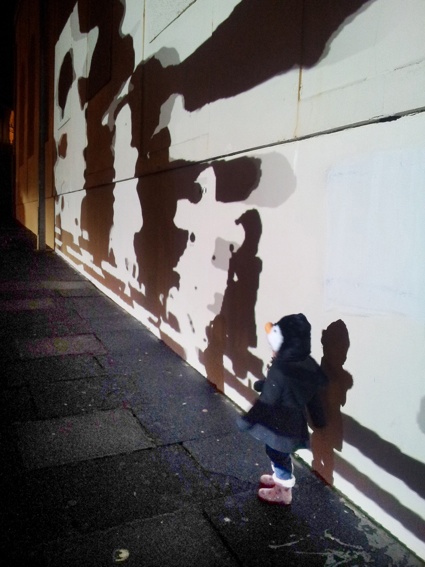

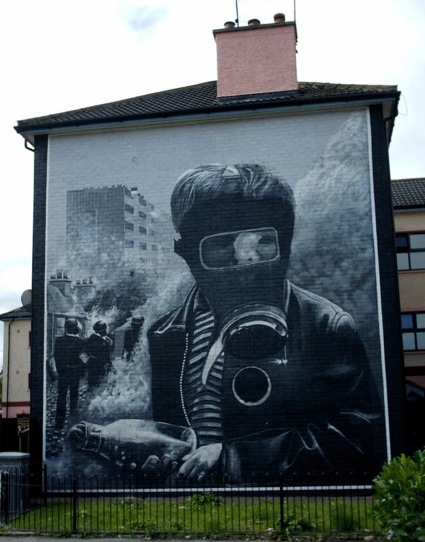
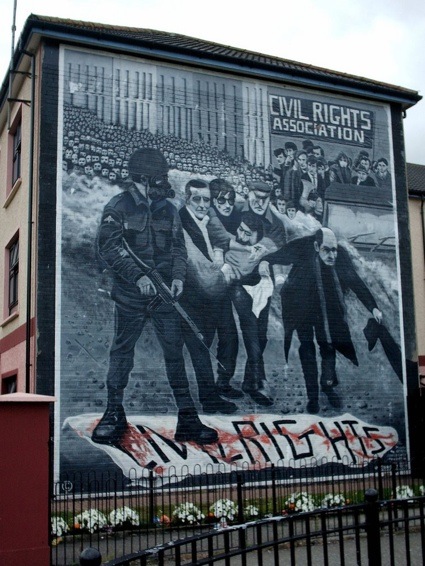
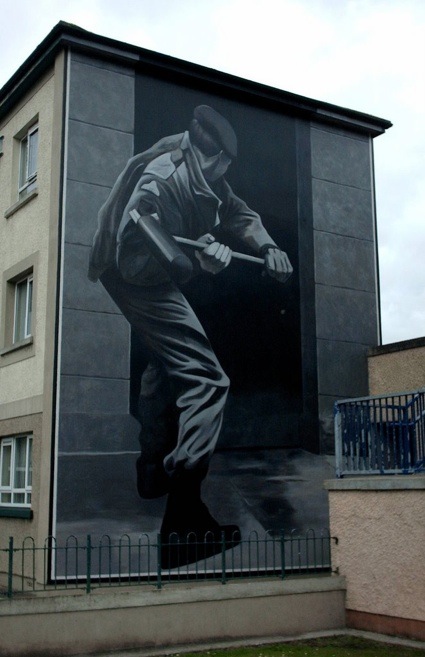
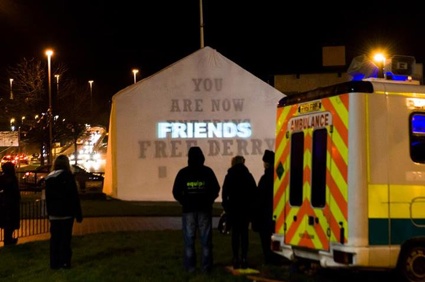

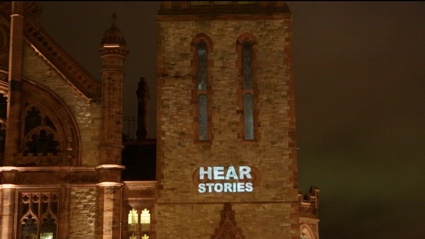
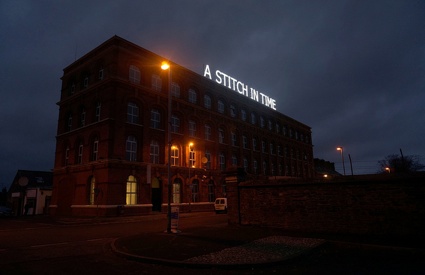
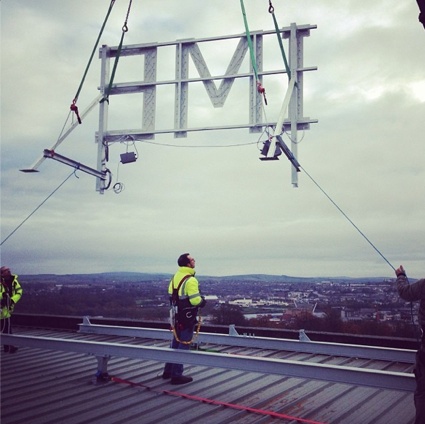
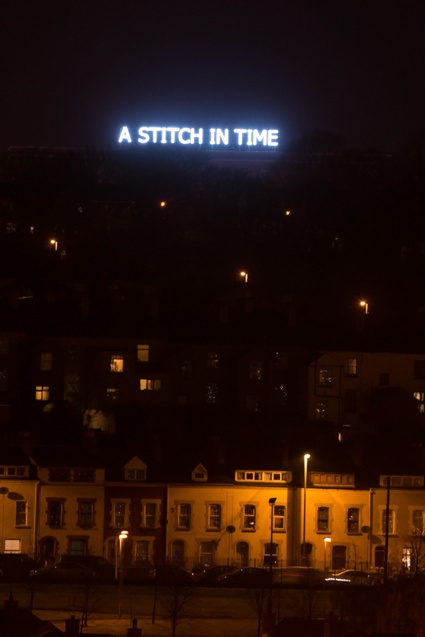
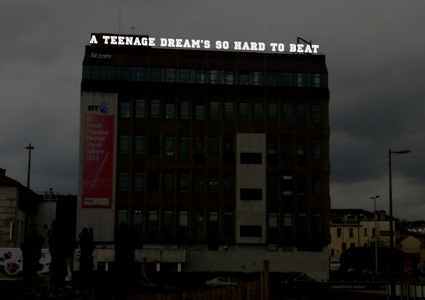
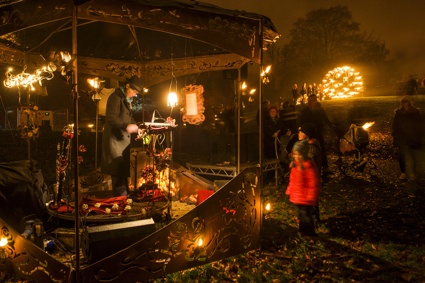

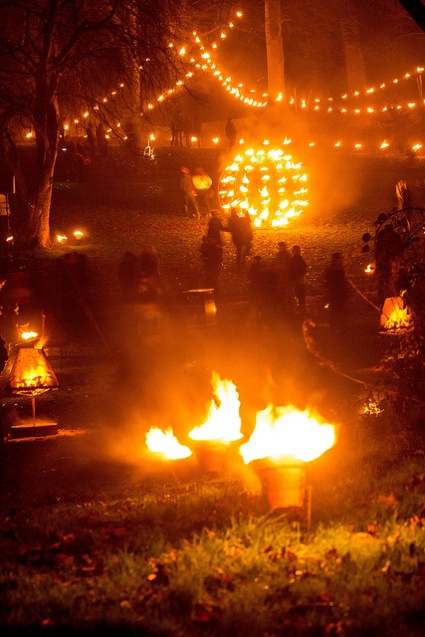
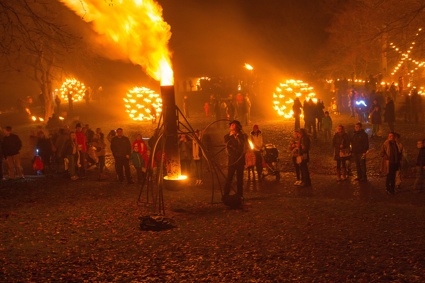
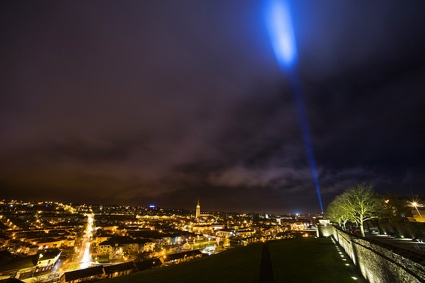
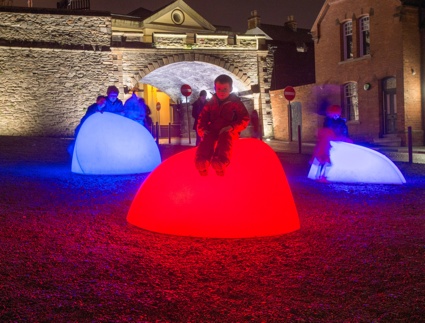
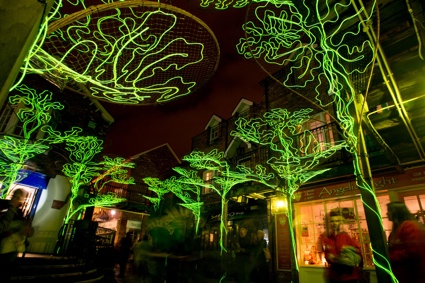


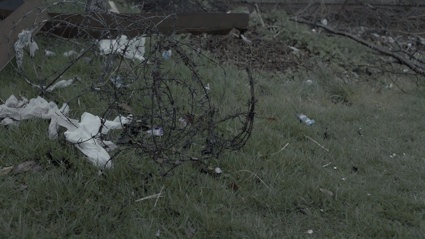
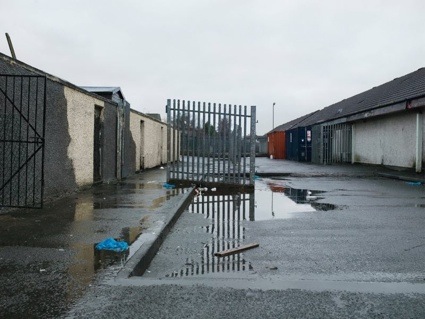

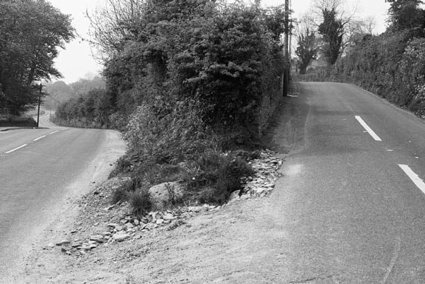
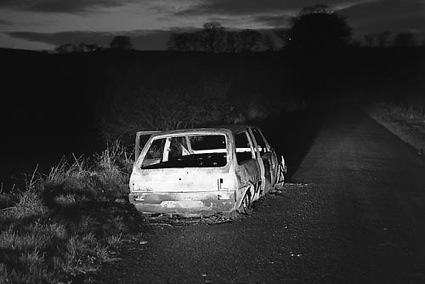
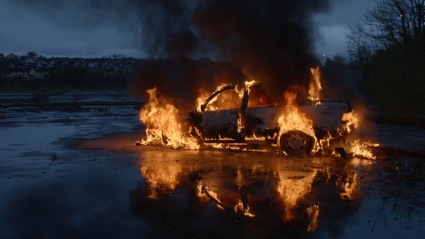
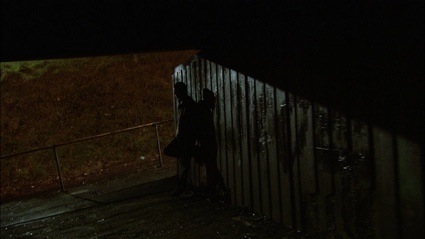
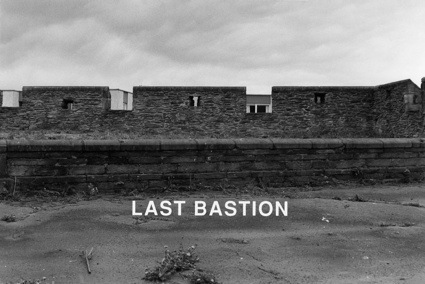
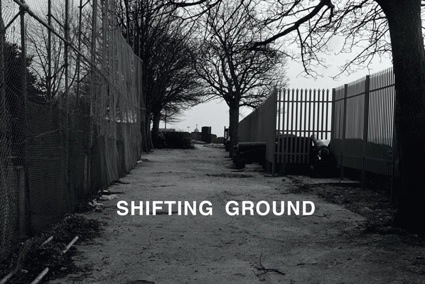
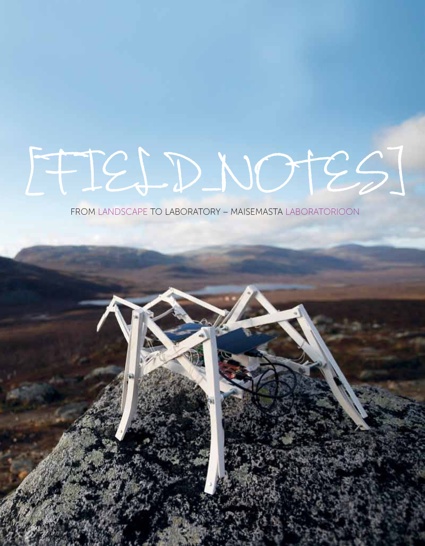

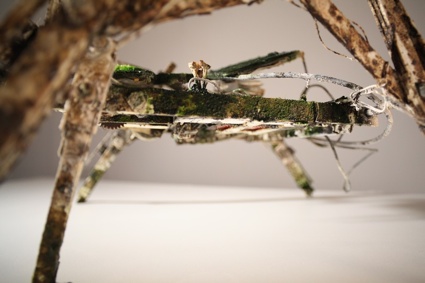

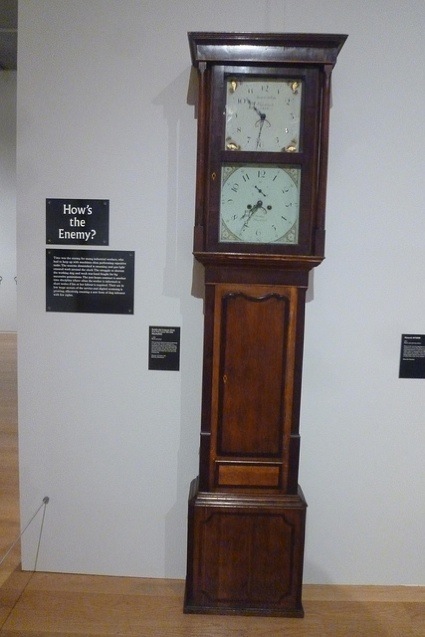


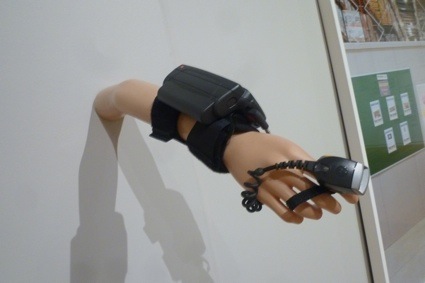
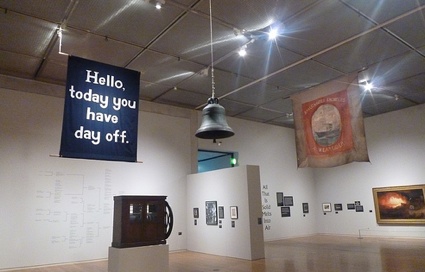
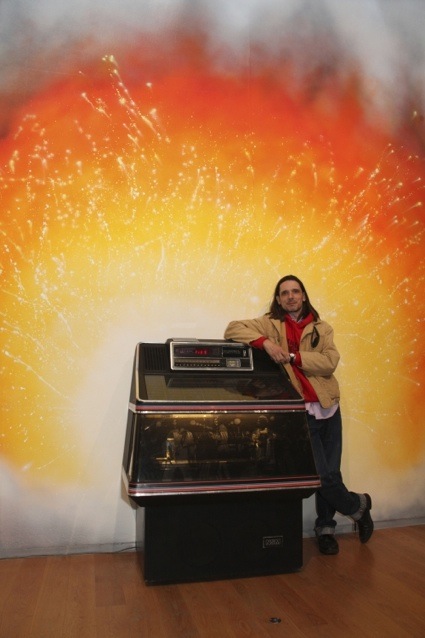

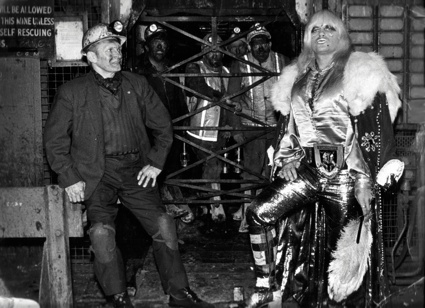
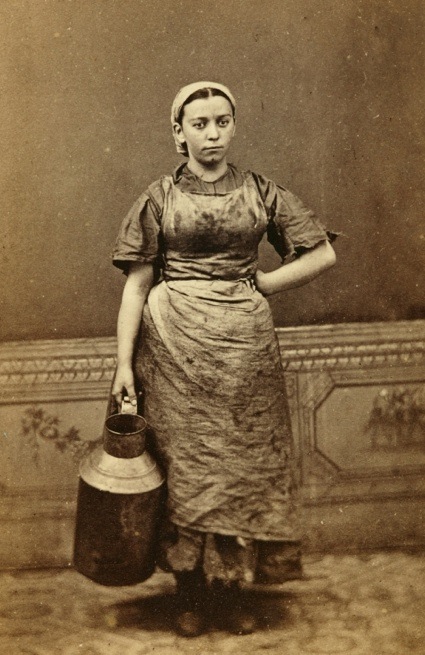
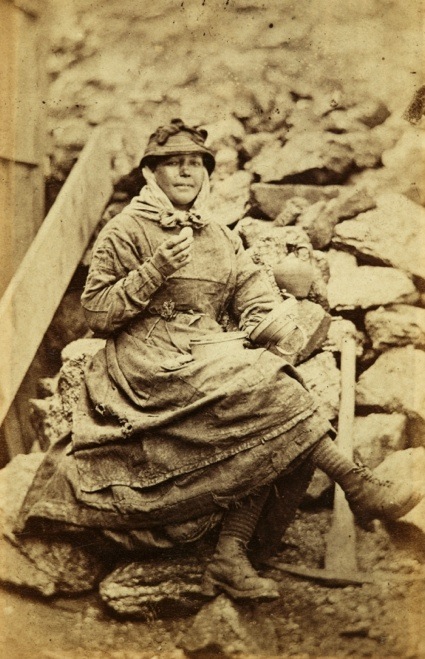
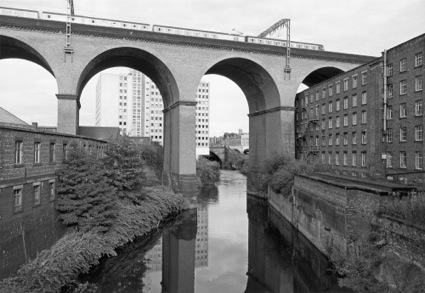

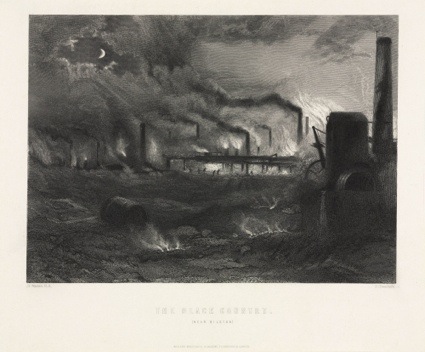
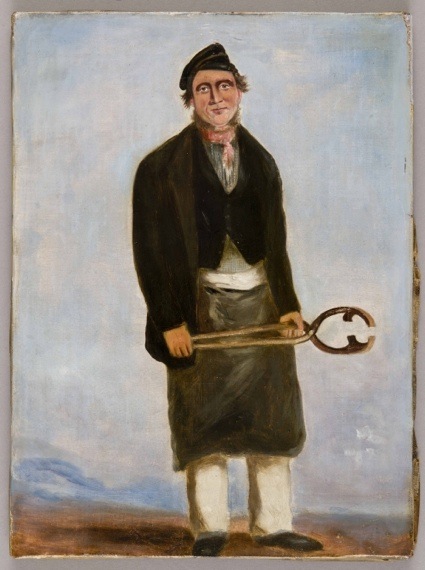
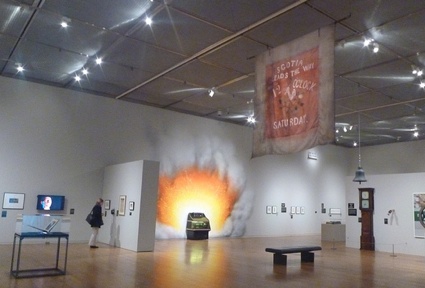

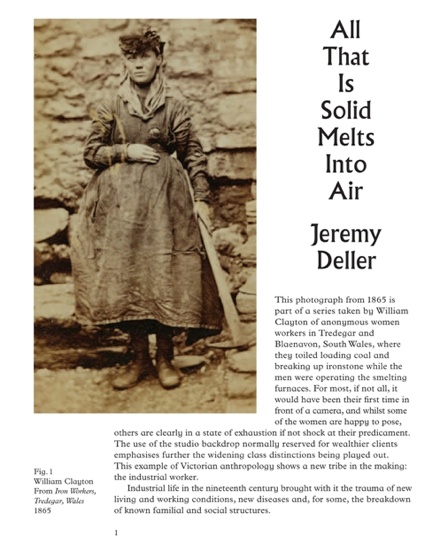
















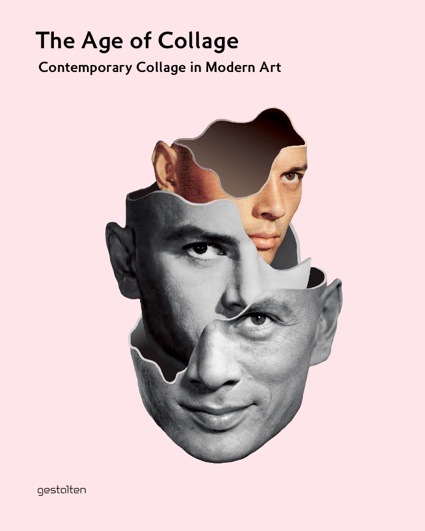
 and
and  .
.